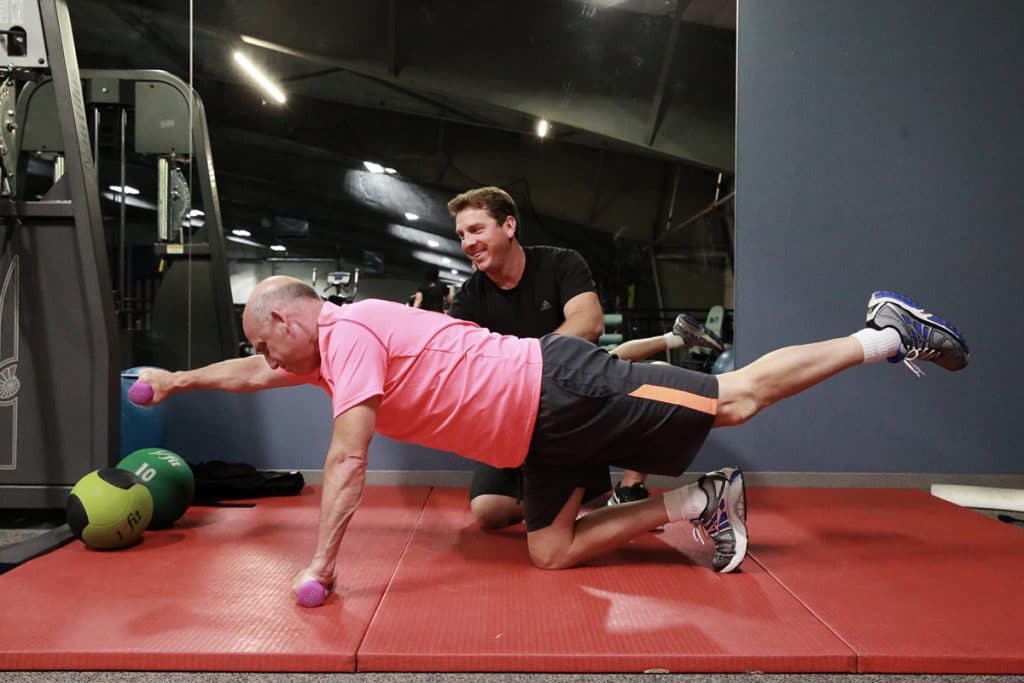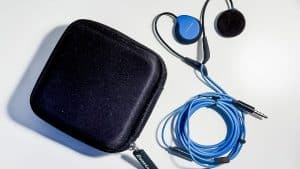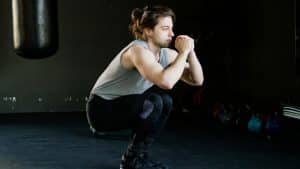Hi folks!
Are you ready for some more health advice? I’m here to help you make sense of the complicated terms and scientific guidance that come with any aspect of health and fitness. I want to make your life simpler and help you get healthier. Today, that means we’re talking about recovery.
Whether you’ve recently come back from an injury or you’re just looking to make the most of your workout routine, it’s easy to underestimate the importance of recovery. I’m here to tell you that it’s something you really need to think about if you want to be at your best. Do it right, and you’ll be able to make the most of every exercise session. Do it wrong, and you could end up hurting yourself more.
What recovery actually means can depend on the context. If you’ve been injured, and especially if you’ve had surgery, you’ll probably have a specific recovery plan put together by your doctor to help you return to full fitness. For people who have had mental health problems, recovery is about developing new coping skills so they can live the life they want, even if their symptoms persist. You don’t need to have had health problems, whether physical or mental, to care about recovery, though. It’s something everyone needs as part of their routine.
After you’ve completed a workout, you enter a recovery phase, and it could influence just how effective your exercise is at making you fitter. If you’re tired or in pain, especially when you’ve had an injury recently, a passive recovery where you sit and rest is important to ensure you don’t cause more damage. Sometimes, however, you might benefit more from something called active recovery.
Active recovery is a specific type of workout designed to help you make the most of your fitness regimen. Rather than just stopping after your high-intensity routine, you simply slow down to a gentler form of exercise. This could mean yoga or swimming, or maybe even just taking a light jog or walk. Active recovery could increase flexibility and blood flow while reducing soreness and the buildup of lactic acid. You may even feel less tired.
There are three ways to incorporate active recovery into your routine. You can use it as a cool-down, such as slowing from a run to a walk or putting down the weights for a brief, gentle session on the bike. You can incorporate it into circuit training by interspersing your intensive sets with light jogging or cycling. The third way is by ensuring that any rest days between your high-intensity workouts do include some exercise, such as swimming or yoga.
However you choose to make use of active recovery, evidence suggests that if you slow down your exercise to 50 percent of your maximum effort rather than stopping completely at the end of a session, it may help your body in the long run. Of course, if you have an injury, you should still follow your doctor’s instructions. That goes for if you start experiencing pain and think you might have an injury as well. When in doubt, always seek professional advice.




